how to bake scones with self-raising flour

This maklike skons resep met self raising flour teaches you how to bake scones with self-raising flour. It makes soft, light, and delicate self raising flour scones that are perfect for tea time.
You have come to the best place to learn about how to bake scones with self raising flour, this recipe ensures a detailed step by step guide on how to make scones with self raising flour.
As a child, I loved snacking on scones during tea time, my favourite toppings were jam and cream. However, I’m still not exactly sure in which order they should be placed. I personally believe that it should be jam and then cream.
I learned how to prepare this scone recipe from watching my mother make delicious scones for us as well as having eaten scones from a variety of bakeries. The scones in this recipe have a crumbly exterior and a delicate interior, making them the most delicious light English scones
What is the function of self-raising flour in scones?
Self-raising flour is a remarkable ingredient that can work wonders when it comes to baking scones. What sets it apart from normal cake flour and baking powder is its higher concentration of raising agents. This elevated level of leavening agents, typically a combination of baking powder and salt, creates a magical effect on the scones, resulting in a delightful combination of a crumbly exterior and a soft, airy, and light interior.
Ingredients needed for making scones with self raising flour
self-raising flour
salt
baking powder– yes, despite using self-raising flour the batter needs an extra raising agent, this is what separates this recipe from all other recipes. The combination of self-raising flour and baking powder produces an extra light scone, which gives it a professional bakery taste.
Sugar
Unsalted butter
vanilla essence
Eggs- Eggs in scone batter contribute to binding the ingredients together and providing moisture. They also add richness and contribute to the structure and texture of the self raising flour scones, resulting in a tender and light scone.
Buttermilk: buttermilk enriches your scones’ flavour making it more creamy and rich in flavour.
Unsalted butter vs salted butter in scones?
A rule of thumb when it comes to baking is to always opt for using unsalted butter. Different brands produce butter with varying amounts of salt, which makes it challenging for bakers to control the salt content in this self raising flour scone recipe. By choosing unsalted butter, you have the advantage of complete control over the salt levels and can ensure that your recipes turn out as intended. This is particularly important when it comes to achieving the desired balance of flavors in your self raising flour scones.
Butter alternatives for unsalted butter
Baking margarine
Normal margarine spread
Salted butter
Ps: if you are going to use a substitute, then do not add the recipe salt requirements.
Is vanilla essence same as vanilla extract?
No, vanilla essence is the more processed version of the extract, hence why it is notably cheaper than vanilla extract. Vanilla extract is actually made from vanilla bean that has been soaked in ethyl alcohol, hence why it has a stronger vanilla scent and taste.
Which one is best for baking?
Vanilla extract, however, vanilla essence is way friendlier on the pocket and returns round about the same results. If you want to stand out, then use half the measurement required of extract instead.
Buttermilk substitutes:
I cup milk and 1 tablespoon of lemon juice, place it all in a cup and allow it to ‘curdle’ for about 5 minutes then it should be good to go.
Plain yoghurt
the step by step guide to making this self raising flour scones recipe
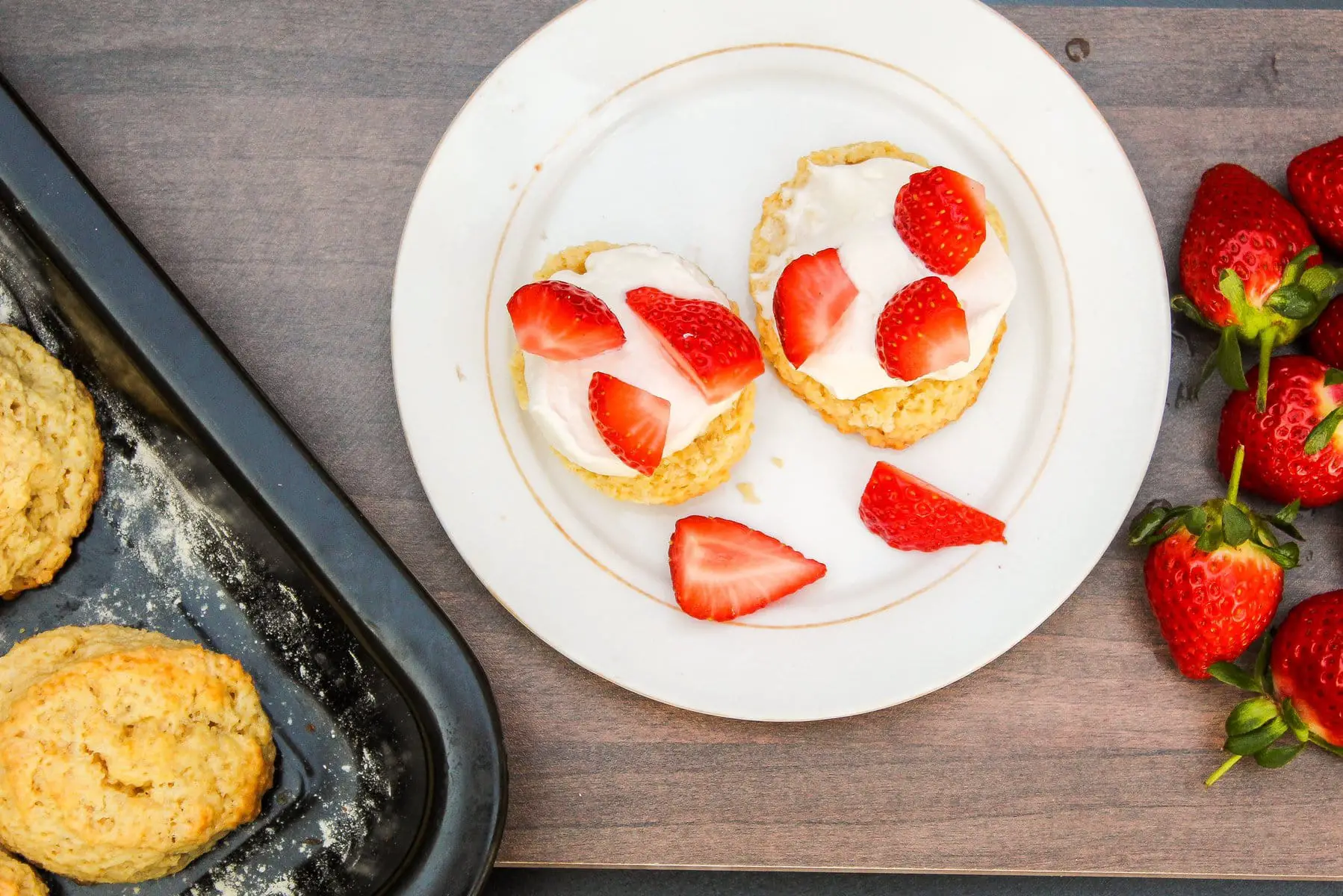
sift your dry ingredients
In a large mixing bowl, gently sift the self-raising flour, baking powder, and salt together. This crucial step ensures that the dry ingredients are thoroughly combined, resulting in a smoother and finer texture in the baked scones. Sifting also helps to remove any lumps or clumps that may be present in the flour, ensuring an even distribution of ingredients throughout the batter.
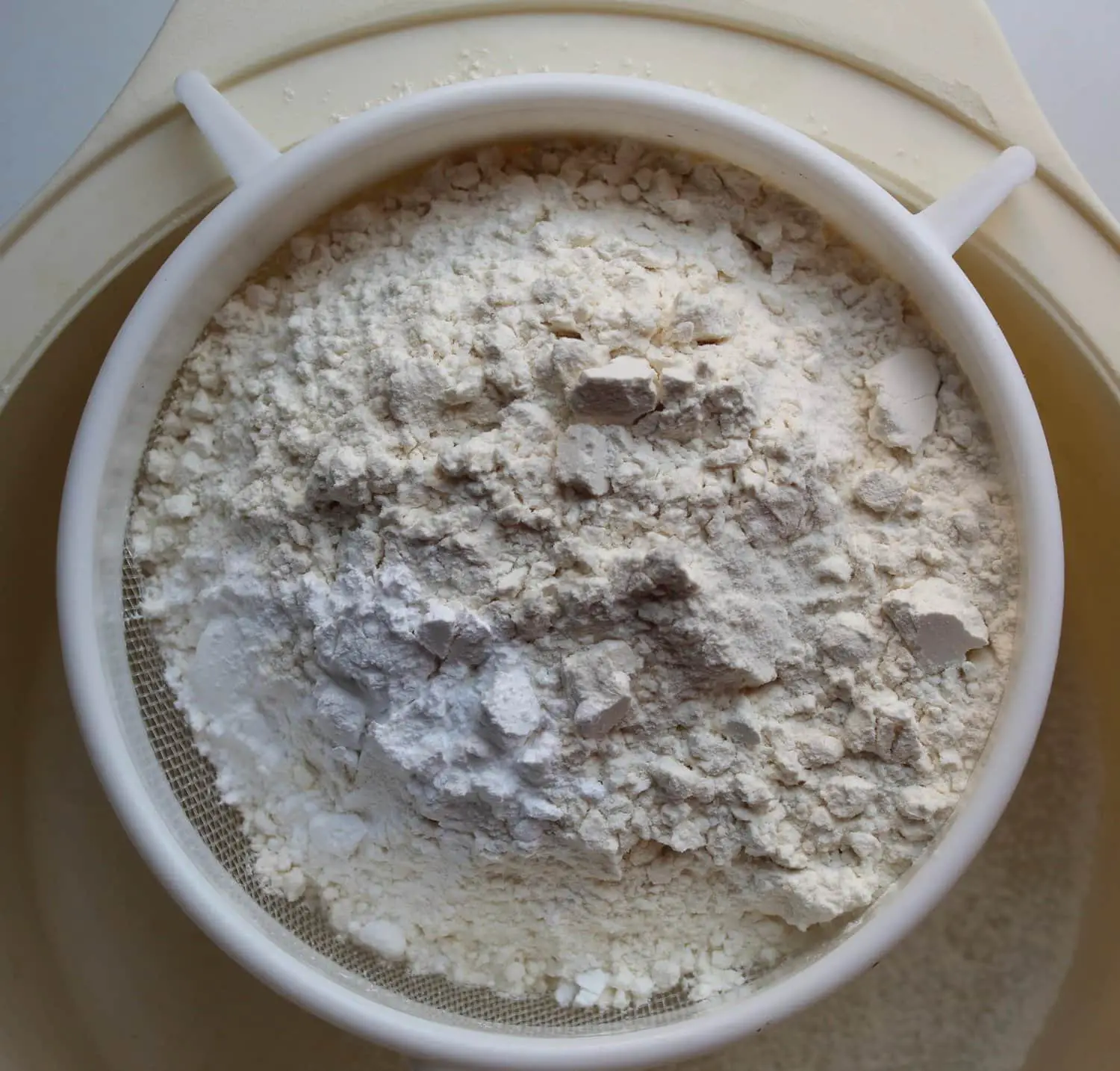
rub in your butter
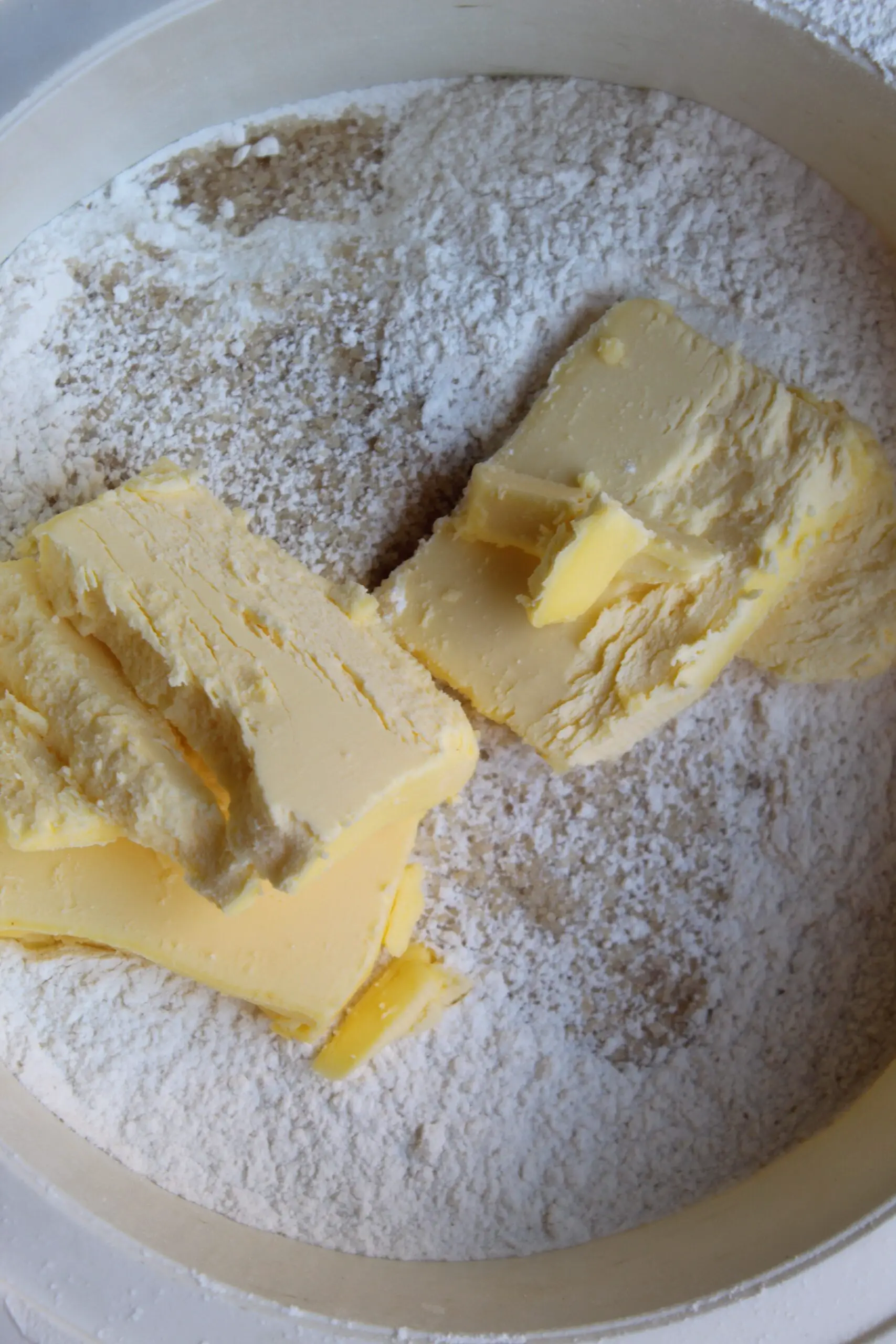
mix all your wet ingredients including the sugar
In a small mixing bowl, whisk together the egg, sugar, buttermilk, and vanilla essence until well combined. Gently fold the wet ingredients into the dry ingredients, using a wooden spoon. Continue folding until the batter is evenly mixed, ensuring a cohesive and flavorful scone dough. Make sure to not overmix.
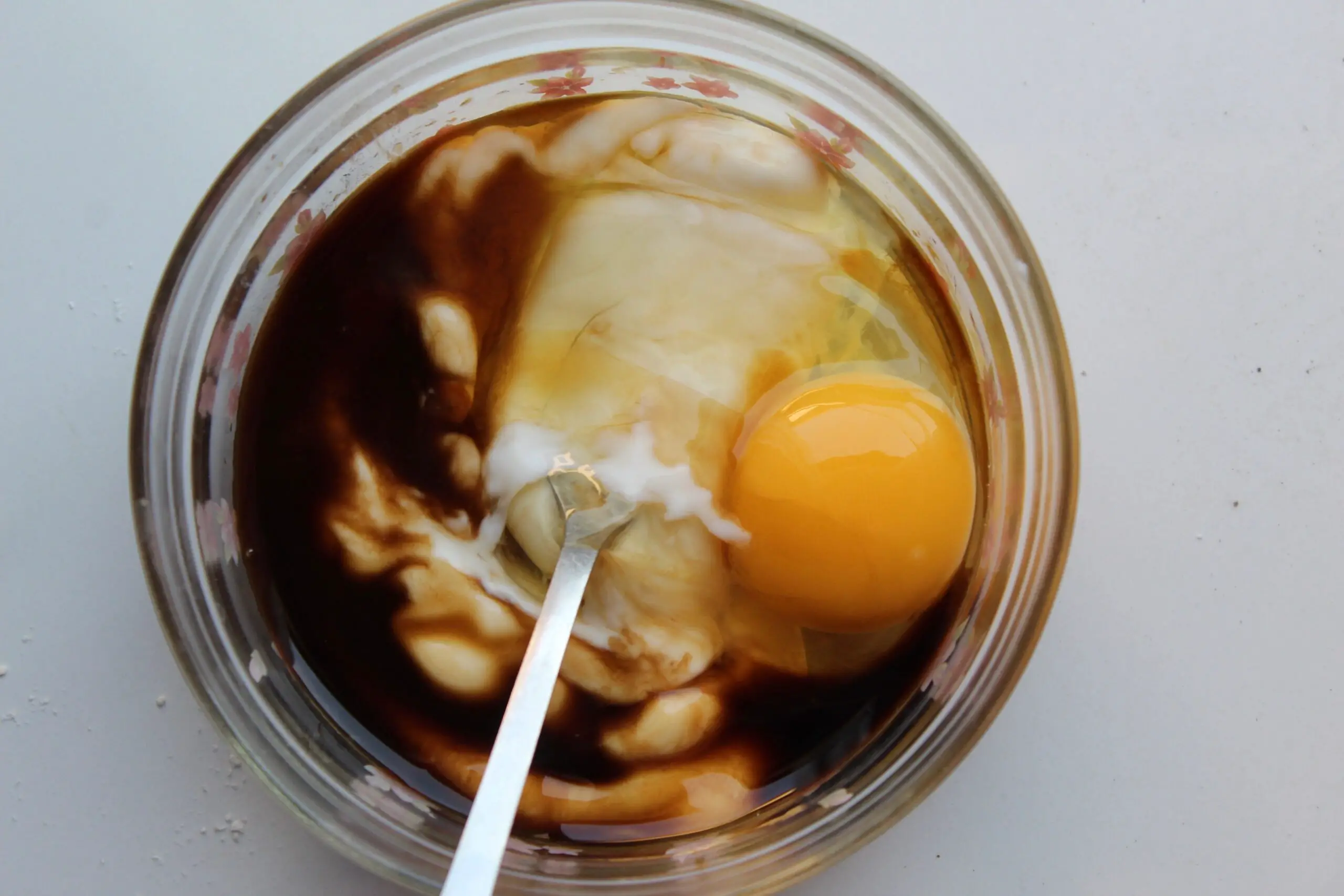
Prepare the scones for baking
If you plan to bake the scones on the same day, lightly flour a baking tray with self-raising flour. This traditional method serves as a lining or greasing technique for the tray, ensuring that the scones don’t stick during baking.
Next, roll out the dough onto a clean, floured surface until it reaches a thickness of approximately 3 cm. Using a cookie/scone cutter of your desired size, cut out the scones and place them on the prepared baking tray. Be mindful not to place the dough circles too close to each other, as they will expand while baking.
For an added touch of richness and beautiful color, brush a light egg wash on top of each scone before they go into the oven. This egg wash will contribute to the golden brown appearance of the scones, making them even more visually appealing.
Bake the scones in the preheated oven for about 15-20 minutes, or until they acquire a slightly browned top and easily release from the baking tray. The exact baking time may vary depending on your oven, so keep an eye on the scones to ensure they are perfectly baked and ready to be enjoyed.
can you freeze scones?
Freezing scones is a convenient time-saving technique for busy scone enthusiasts. After cutting the dough into rounds, freeze them in a sealed bag for up to two months. When ready to bake, there’s no need to thaw. Simply place the frozen scones on a baking tray and bake for about 20 minutes or until the dough has risen and the scones are cooked. This allows you to enjoy freshly baked scones at your convenience, perfect for those moments when you’re craving a warm and delicious treat but don’t have time to start from scratch. Frozen scones offer the same homemade goodness with the added benefit of being prepared in advance.
Bakers tips:
· Do not overmix your dough, this could negatively affect how your scones bake.
· Make sure your butter is cold to give your scone a beautiful rise.
· Refrigerate your dough for 10 minutes before baking for optimal results.
· If you would like to have more fun with the recipe add one of the following for a different take on scones

Nicole
Welcome to my slice of heaven, a place designed for YOU to grow confidence in making delicious food.
recent recipes
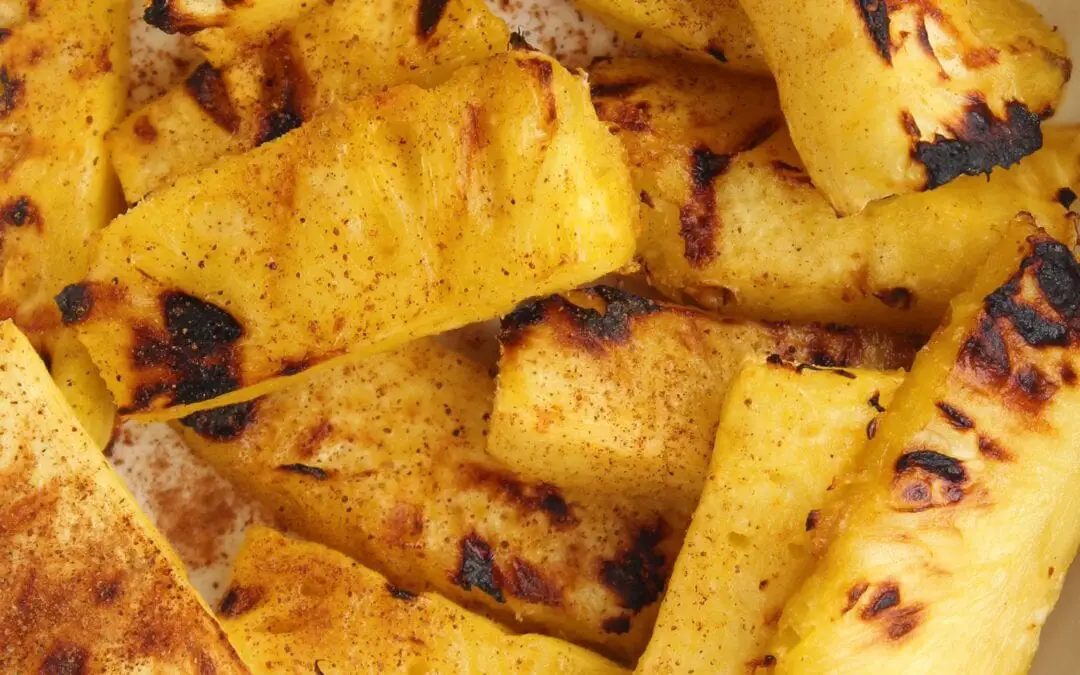
grilled pineapple recipe
The best Lemon coconut cake recipe (1 lemon only)
Ready to try this mouthwatering lemon coconut cake recipe? Gather your ingredients, preheat your oven, and let us get baking! Your friends and family will be delighted by this refreshing treat. Share your baking adventures with us in the comments below
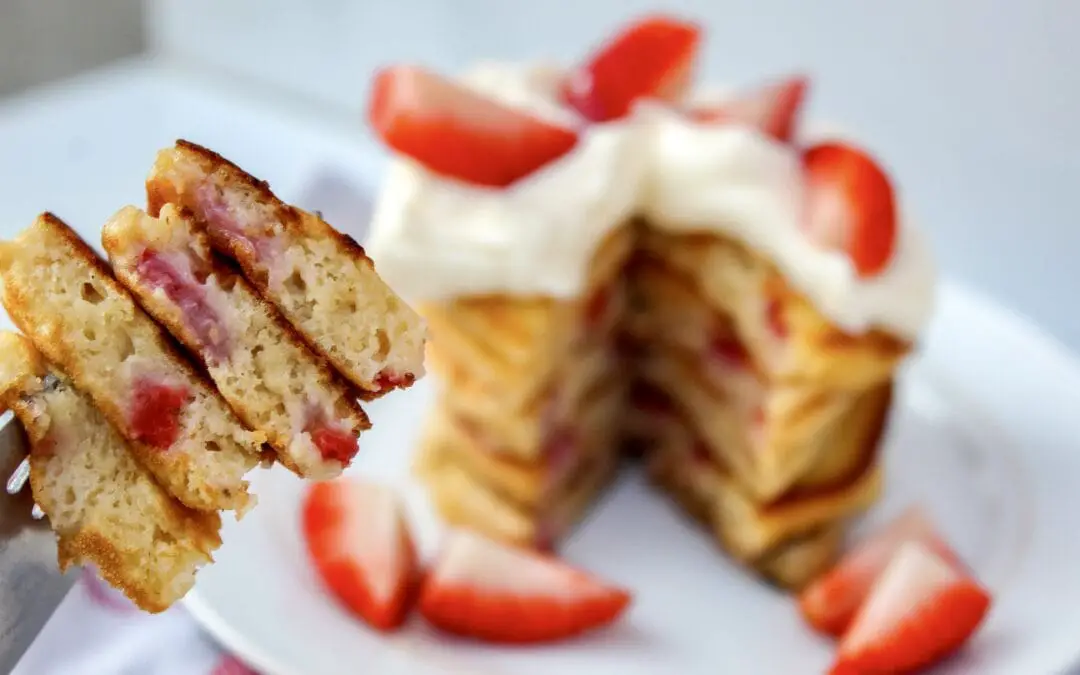
the best easy strawberry pancakes recipe

the best apple turnover recipe
An apple turnover is a delightful pastry that offers a heavenly blend of flavors. Imagine biting into a flaky, golden crust that crumbles with each bite, revealing a warm and tangy apple filling. The mix of sweet and tart notes will dance on your taste buds, providing a comforting and satisfying experience. It’s like a cozy autumn evening in a single dessert.
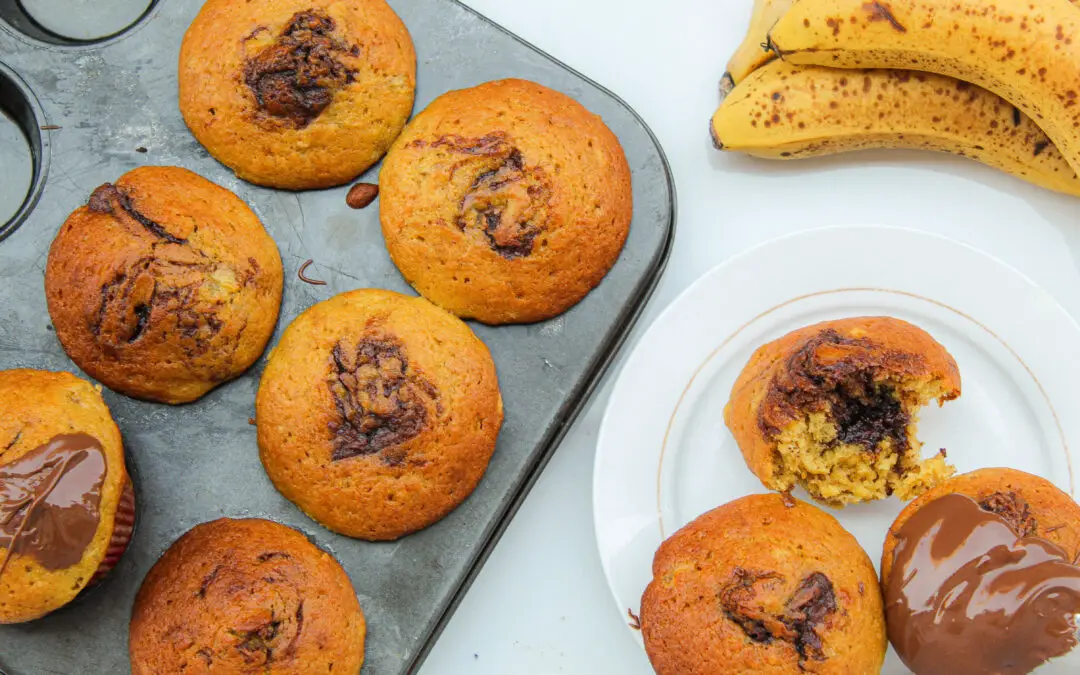
easy moist banana Nutella muffins (nutella swirl muffins)
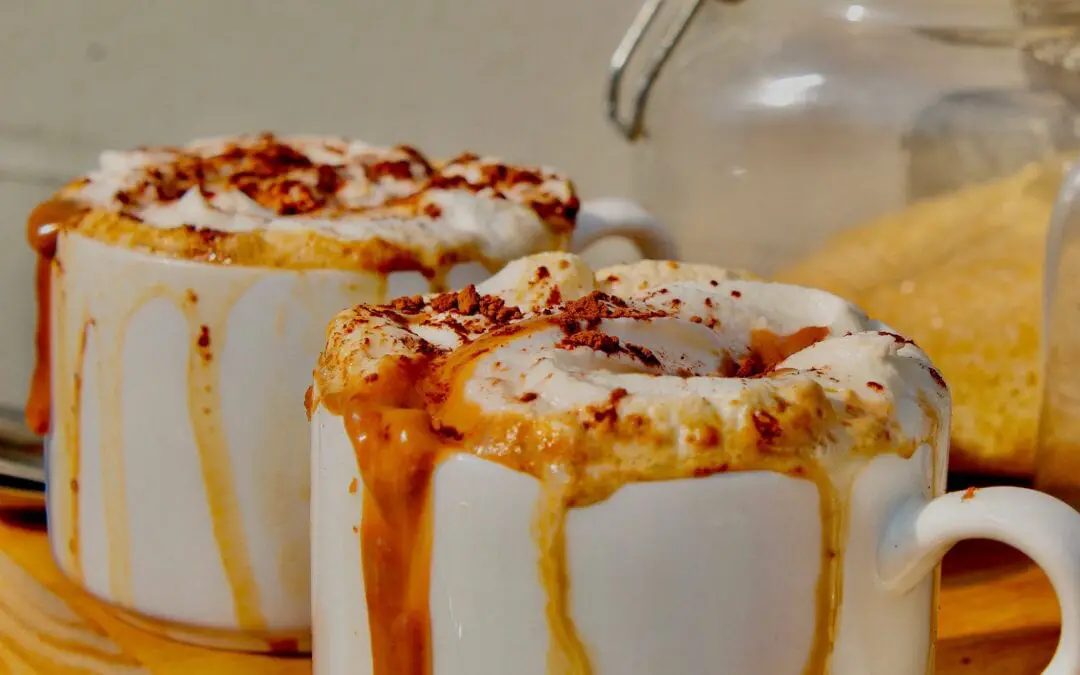
marble mocha macchiato recipe (Starbucks copycat)
Indulge in Cafe-Quality Mocha Macchiato: A Must-Try Recipe for Coffee Shop Lovers
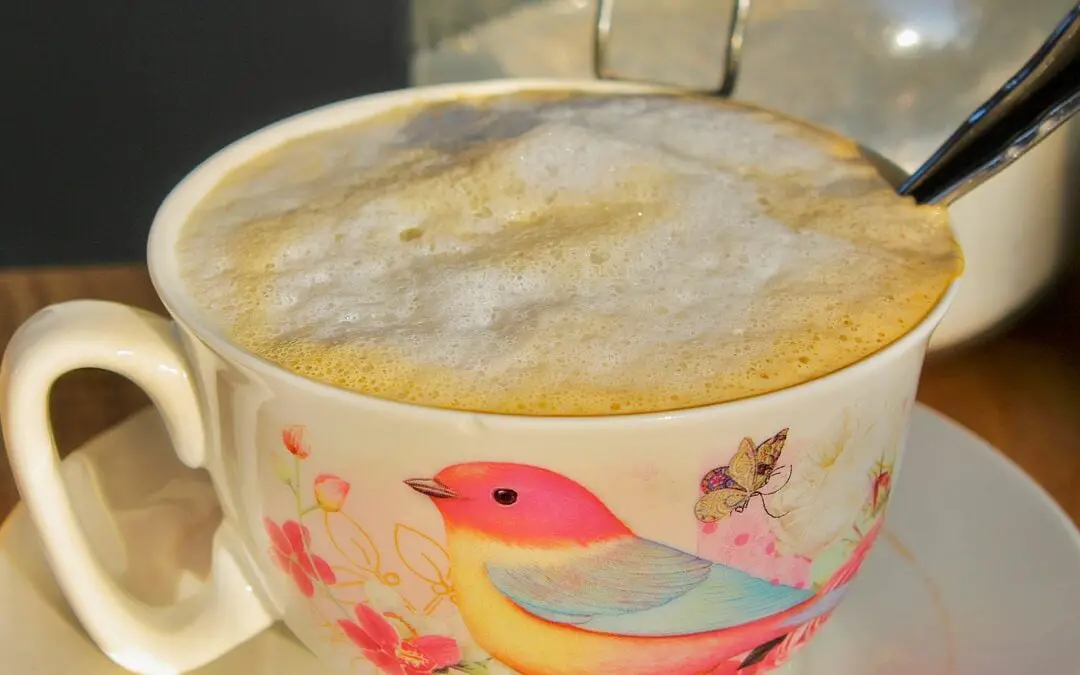
perfect maple syrup coffee recipe with cinnamon
This pure maple syrup coffee recipe is delicious and can be whipped in a matter of minutes without the need for an espresso machine or traditional milk frother
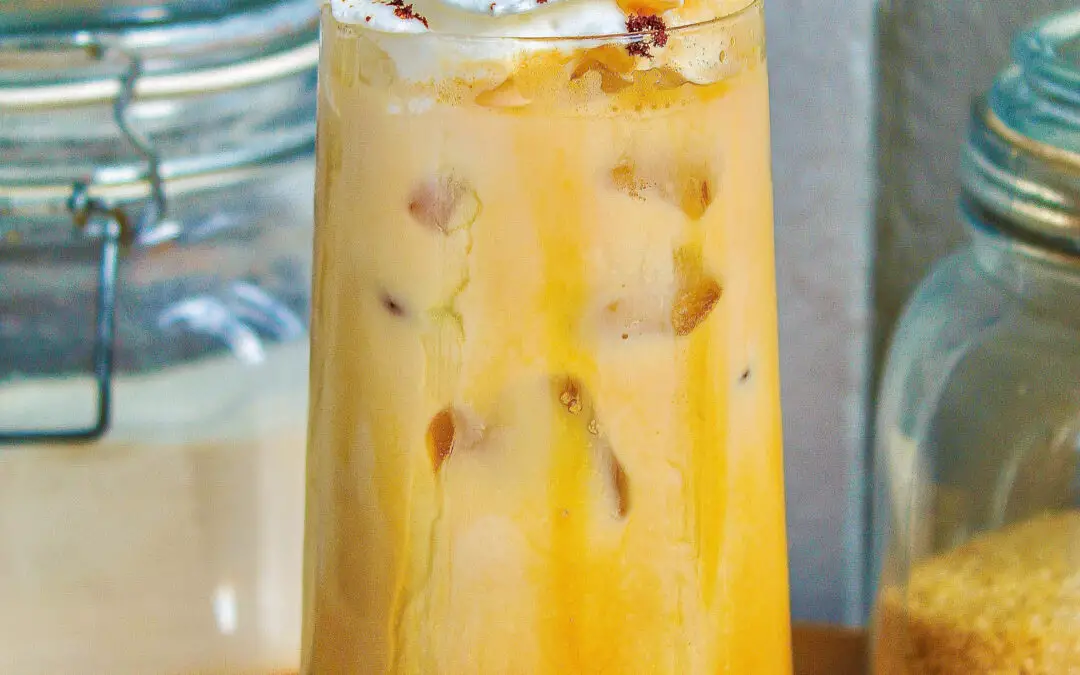
oat milk cold brew coffee recipe (iced honey latte)
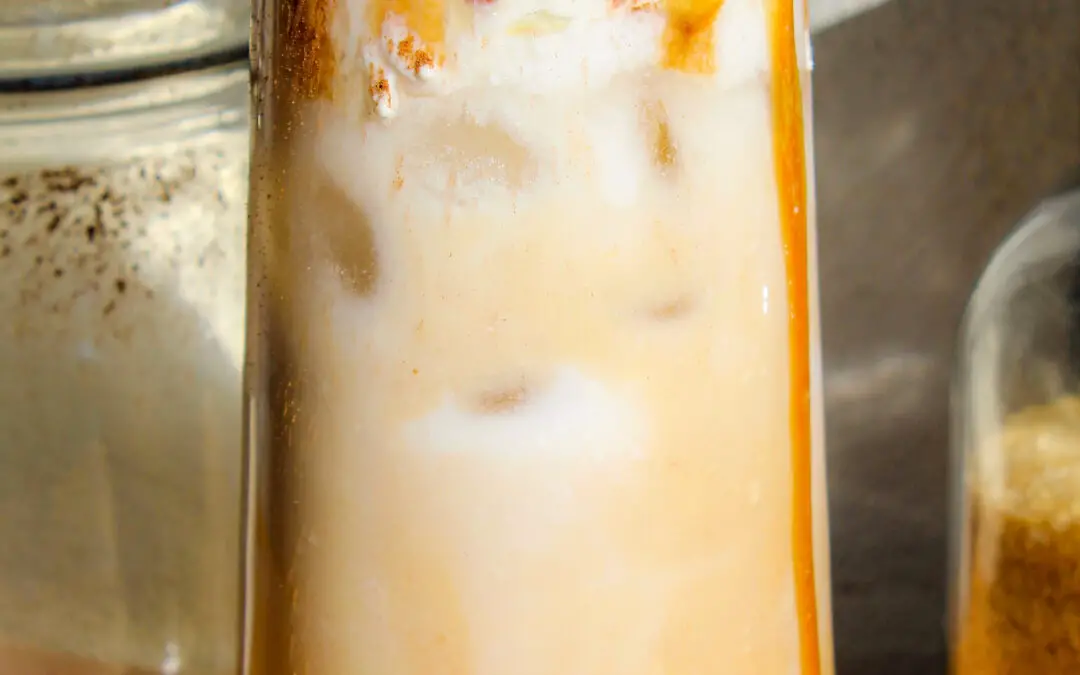
iced coconut milk mocha macchiato recipe (Starbucks copycat)

iced oat milk coffee recipe (the best oat milk latte)
Indulge in a delicious treat with our oat milk coffee recipe that’s perfect for all the iced coffee lovers out there. This creamy iced oat milk latte is absolutely delicious.
how to bake scones with self-raising flour
Equipment
- baking tray
Ingredients
- 2¼ cups self-raising flour
- pinch salt
- 1 tsp baking powder
- ½ cup white sugar
- ¾ cup unsalted butter
- 3 tsp vanilla essence
- 1 large egg for the batter
- 1 small small egg for brushing
- ⅓ cup buttermilk
Instructions
- Preheat your oven to 180 degrees Celsius on bake and lightly flour your baking tray.
- In a large bowl sift the self-raising flour along with the baking powder and salt. Using your fingertips fold in the butter until the mixture is crumbly ( like breadcrumbs).
- In a separate medium-sized bowl whisk the vanilla essence, buttermilk, egg and sugar.
- Add your wet ingredients into the dry ingredients and use a wooden spoon to mix the mixture. Mix until all ingredients are combined. Do not overmix.
- Place your dough onto a lightly floured surface and roll out until it is 3 cm thick. Cut out your dough into small circles and place them on your baking tray.
- Lightly beat your other egg in a small bowl and brush the top of your scones. this will mak your scones look good and light brown
- Bake for 15-20 minutes or until the scone is light brown on the top and has risen.
Notes
- Serve your buttermilk scones with some jam and whipped cream.
- Do not overmix your dough, this could negatively affect how your scones bake.
- Make sure your butter is cold to give your scone a beautiful rise.
- Refrigerate your dough for 10 minutes before baking for optimal results.
how to serve scones
- cream and jam
- cream and fresh berries
- a generous amount of butter
- plaint with tea
- plain with a cup o milk


What can I substitute for self-raising flour? I only have plain flour so what should I add to it (and how much)?
Hey Marilyn, substitute one cup of self-raising flour with one cup of plain flour and one teaspoon of baking powder.
Best buttermilk scone recipe there is
Very soft and tasty 😋
Thank you